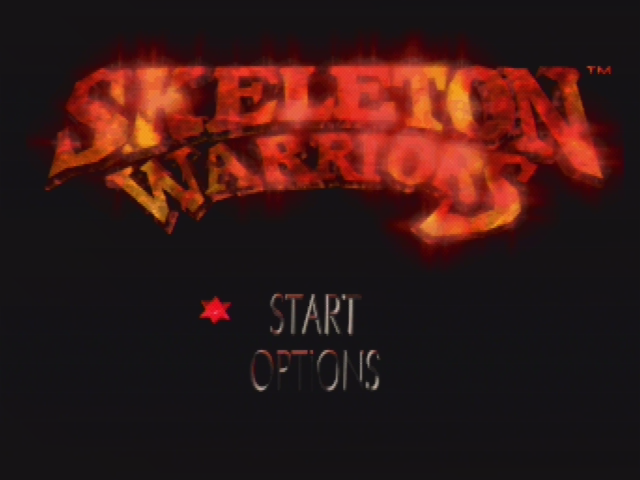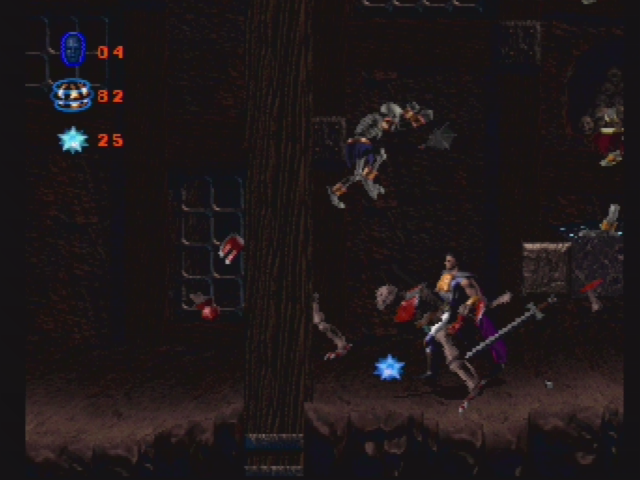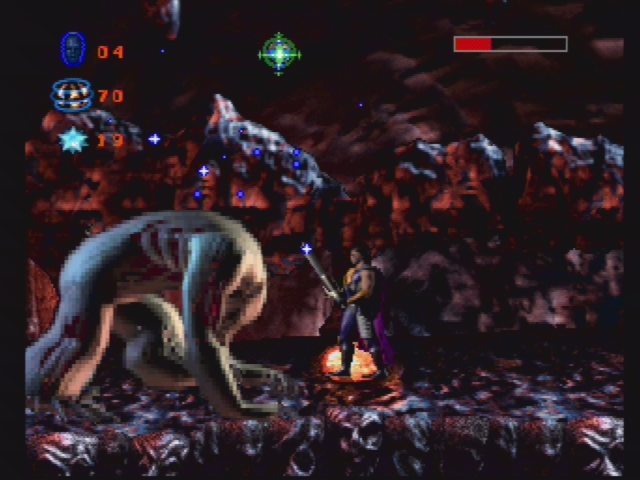See the previous post in this series here.
I had the opportunity to pick up a huge batch of slides a while back. These are pictures span from as early as the late 1940s to as late as the early 1990s (maybe earlier and/or later but these are what I have sampled so far). These came to me second (third?) hand but the original source was a combination of estate sales and Goodwill. There are several thousand...maybe as many as 10,000. I will be scanning some from time to time and posting them here for posterity.
Apparently, getting your pictures processed as slides used to be a fairly common thing but it was a phenomenon I missed out on. However, my Grandfather had a few dozen slides (circa late 1950s) that I acquired after he died. That along with having some negatives I wanted to scan is what prompted me to buy a somewhat decent flatbed scanner that could handle slides and negatives (an Epson V600). That was the most money I was willing to spend on one anyway. It can scan up to four slides at a time with various post-processing options and does a decent enough job.
This set continues a rather large batch of slides that originally came from an estate sale and appear to have belonged to a locally well known photographer (or perhaps a close family member) from the Spokane Washington area and later Northern Idaho named Leo Oestreicher. He was known for his portrait and landscape photography and especially for post cards. He career started in the 1930s and he died in 1990. These slides contain a lot of landscape and portrait photos but also a lot of photos from day to day life and various vacations around the world. Here's an article on him from 1997 which is the only info I have found on him: http://www.spokesman.com/stories/1997/jan/04/photos-of-a-lifetime-museum-acquisition-of-leo/
Many of these slides had the date they were processed (presumably) stamped or printed on them. I've found that in cases where I could verify the date, either because a more specific date was hand written or there was something to specifically date the photo in the photo itself, that this date has typically been the same month the photos were taken. In other words, I expect that in MOST cases these photos were taken relatively near the processing date. No doubt there are some exceptions.
Click on one of the images or the link below to also see versions processed with color restoration and Digital ICE which is a hardware based dust and scratch remover, a feature of the Epson V600 scanner I am using. There are also versions processed with the simpler dust removal option along with color restoration.
These all to appear to have been processed (according to the date stamped on the slides) in January 1981. I'm guessing they were all taken in 1980. The first three were apparently taken around Christmas (though they could have been taken in January 1981) but the last one appears to have been taken closer to summer time.

processed January 1981

processed January 1981

processed January 1981

processed January 1981
The entire collection that has been scanned and uploaded so far can be found here.






































